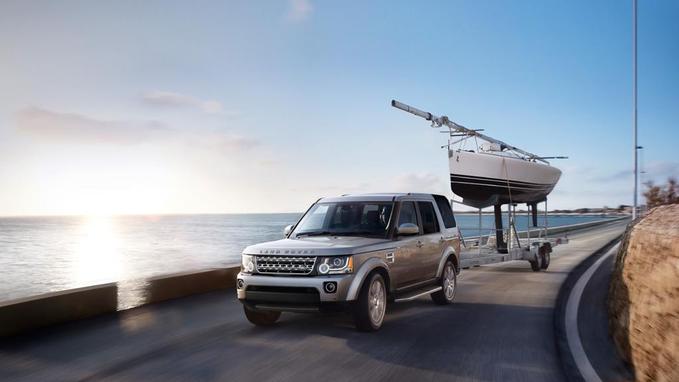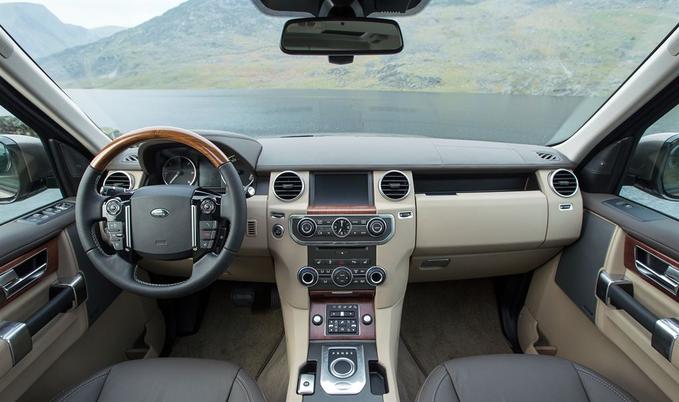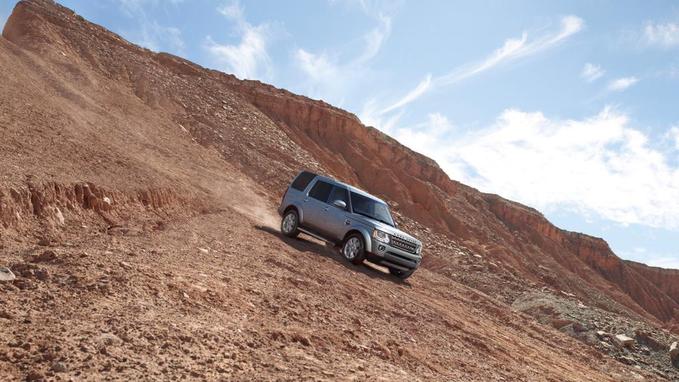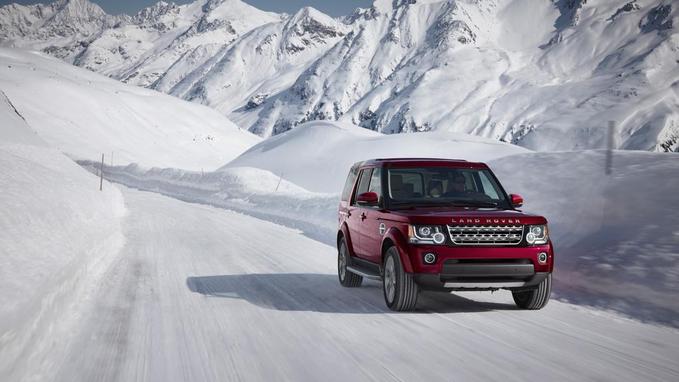For better or worse, something went awry with the 2015 Land Rover LR4 that I drove to the Detroit Auto Show in early January.
Land Rover products are often loaded with expensive equipment like air suspensions that offer variable ride height and cooled compartments in the cabin to chill drinks during long rides. Among others, those features make the company’s products a pleasure to sit in. The seats are comfortable if not a little bit small in the front for generously portioned passengers, but that’s beside the point.
Superb Highway Cruiser
Air suspensions make for especially easy highway driving and I adore them.
Better still, the truck I drove had one of those onboard “cool boxes” I mentioned earlier with enough space to carry four cans of blood orange San Pellegrino and map pockets that – in this case – doubled as snack food caddies. Everything worked as I expected it to until two warning signals lit up in the gauge cluster.
The System is Down?
A message began scrolling through the trip computer screen between the speedometer and tachometer to tell me that the stability control, emergency braking and hill descent control systems were all disabled. Worse still, my precious air suspension defaulted to “access mode” to lessen the likelihood of a rollover crash. To top it all off, the cruise control became totally non-responsive. This all happened as I made my way out of the Joe Louis Arena parking lot intent on making the four-hour trip home from Detroit. Thoughts began flashing through my mind.
“Had I done something wrong? I must have… Maybe if I turn the car off and re-start it, things will go back to normal.”
Nope.
“What if I try pressing the drive mode buttons?”
Still nothing.
Perplexed, I plugged my destination into the navigation system and started toward the highway with AutoGuide.com truck expert Stephen Elmer riding shotgun. He was just as confused as me and we resolved to spend the next four hours after sundown driving carefully.
Pleasingly Powerful V6
Land Rover replaced the V8 that used to power the LR4 with a supercharged V6 in the 2014 model year. It makes 340 HP and 332 lb-ft of torque coupled with an eight-speed automatic transmission. There really isn’t a noticeable loss in acceleration between the six- and eight-cylinder powertrains, but the smaller engine and extra gears partially quench its thirst for gasoline. Despite that, I only managed to drive 265 miles spent almost exclusively on the highway. At that point you can watch the estimated remaining range dry up while idling at a red light. Eighth gear or not, the boxy Land Rover only managed about 13 MPG on the highway, but that’s partially my fault. Don’t buy an LR4 if you’re pump shy. It won’t end well.
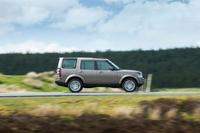
Even with the air suspension almost bottomed out in its lowest mode, the LR4 is comfortable and quiet at highway speeds. Under normal circumstances the blown V6 would hum away with cruise control set at a comfortable, consistent and efficient speed. With little sleep on the heels of a long day, my leg grew heavy and the car quickly eased to 90 MPH without an upset. I’m just grateful the highway patrol didn’t notice.
With that in mind you might chalk the piss poor gas mileage up to user error except for the fact that most people, yours truly included, would rely on cruise control to avoid the issue entirely.
Electrical Gremlins: 1, Land Rover LR4: 0
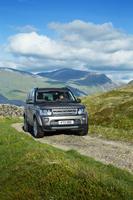
According to the dealership, the cool box in the center console feeds electrical current back into the other electrical systems. From what I was told, that caused the truck to disable certain components and electronic controls – the air suspension, cruise control, stability control, hill descent control and emergency braking system –to shield them from damage. I’m told that Land Rover is aware of the problem and developing a replacement part that won’t cause system failure. It isn’t a question of hitting some sort of reset switch, either; the truck needs an entirely new cool box before it can function normally again.
It’s totally possible that my case is an isolated one. To be fair, I can’t find any mention of a similar problem in the National Highway Traffic Safety Administration database complaint log or on owner forums. Then again, J.D. Power gives the 2014 LR4 a predicted reliability score of 3/5 (ratings for the 2015 model year aren’t available).
The Verdict:
The LR4 is a pleasure to drive. It can accelerate to pass comfortably without seeming taxed. The soon-to-be-gone boxy shape makes it easy to park. Its rear window might not be attractive, but that dip on the right hand side makes backing up a non-issue with or without the rear-view camera. Ownership also brings the privilege of telling other people that you drive a Land Rover.
Despite that, I can’t recommend that anyone purchase an LR4. Leasing one might not be such a big deal, but given my experience, I would spend that $66,675 somewhere else. If you’re really set on owning a Land Rover, the Range Rover Sport is significantly lighter, available with a third row of seats for the same price as the LR4 I drove. Otherwise a BMW X5 starts at $55,400 and would make a very reasonable alternative.







